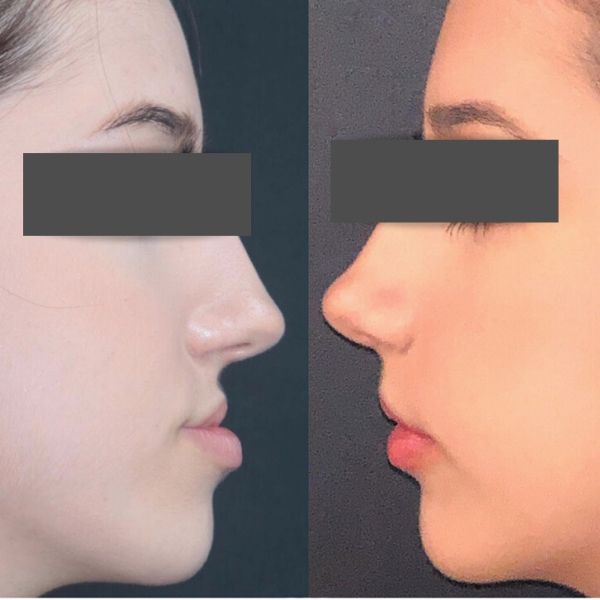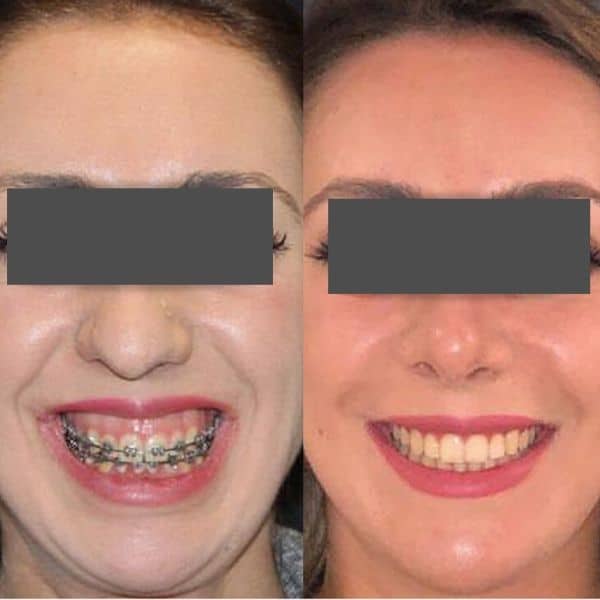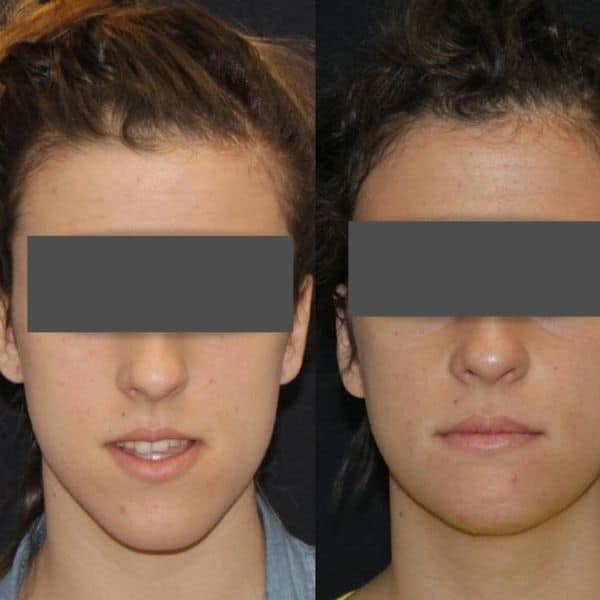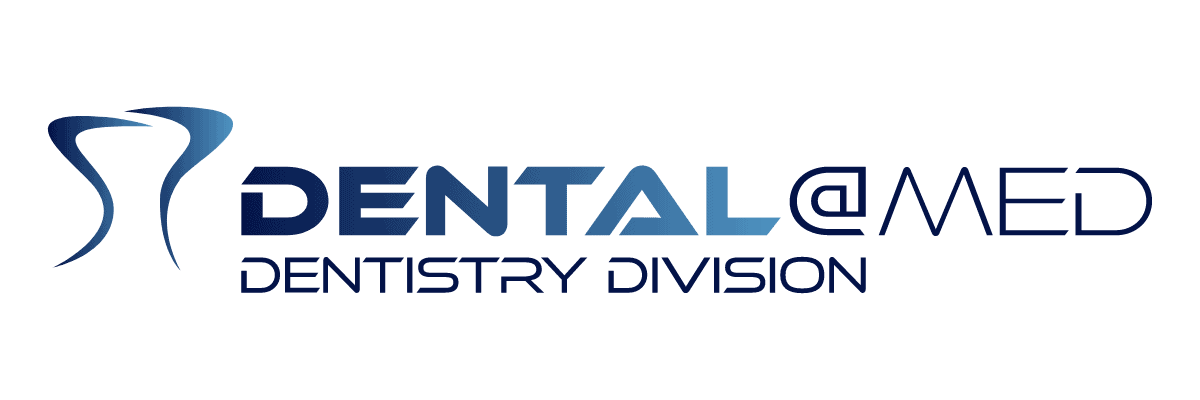Orthognathic Surgery
Orthognathic Surgery
Why is it done and who is it for?
Its purpose is to enable subjects with incorrect mastication, not improvable with orthodontics (braces), with badly positioned dental arches due to maxillary growth imbalances, and it is for people with more or less evident facial asymmetries.
The operation can completely change dental occlusion, visibly improving facial aesthetics while also correcting functional problems linked to mastication, breathing, phonation and posture.
When is it advised?
Let’s take a look at some examples in which orthognathic surgery can improve the clinical case:
- Second class dental-skeletal and scarce mandible development, receding chin, the presence of a wide gap between upper and lower incisors.
- Third class dental-skeletal and excessive growth of lower part of the face, characterised by an excessively large or pronounced mandible, prognathism and the presence of underbite.
- More or less evident facial asymmetries, with mandibular, chin and upper jaw deviations.
- Alterations of occlusions which are not correctable with classic orthodontics: underbite, crossbite, overbite.
- .“Gummy Smile”, with excessive exposure of gums.
- Obstructive apnoea during sleep that are severe in nature.
Orthognathic surgery and orthodontics: all about Team work
It is generally thought that poor dental alignment can be resolved by the orthodontist; however this kind of professional can only work on dental position and not on the size and shape of supporting bone structures. Orthognathic surgery modifies facial bone aesthetics and positioning.
Before or after the operation, the patient must undergo orthodontic therapy and this means that close cooperation between the orthodontist and the maxillofacial surgeon is of vital importance. The orthodontic phase can vary in duration, from six months up to a year and a half, according to the case at hand.
What does the surgery involve?
Orthognathic surgery consists of mobilising the mandibular and maxillary skeletal bases and repositioning them in the right location and on the correct occlusal plane.
The operation takes place inside the mouth, so there are no external incisions.
Our surgery
The surgery Dental@Med works with Dr. Valerio Ramieri, a Medical Surgeon with a PhD in Maxillofacial Surgery, an expert in Orthognathic surgery.




